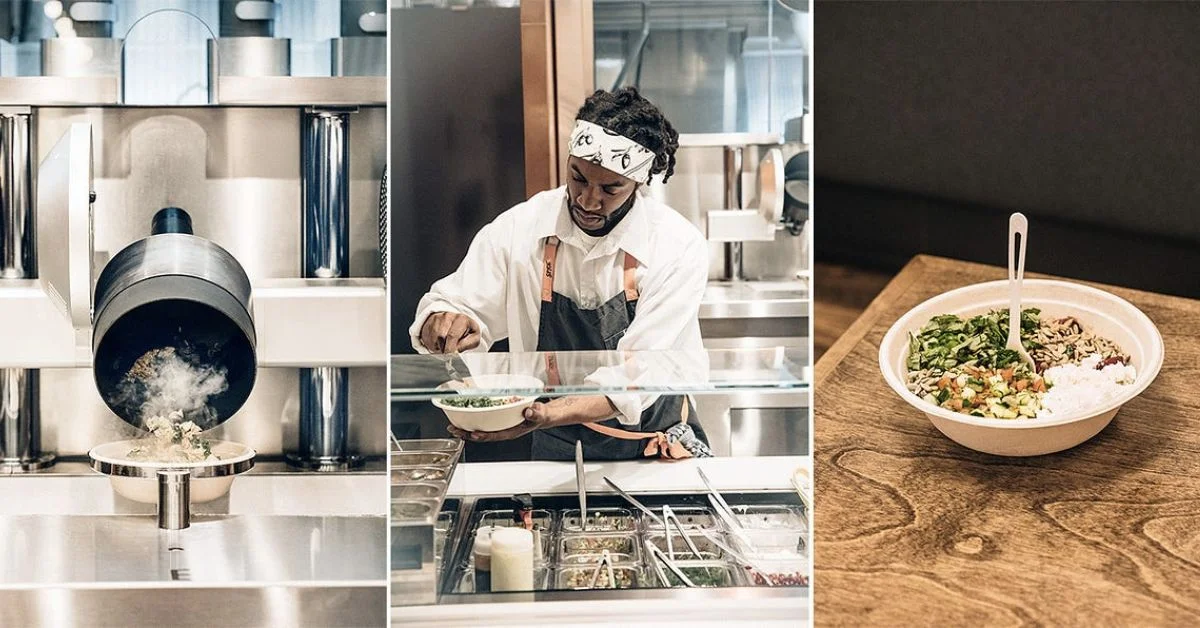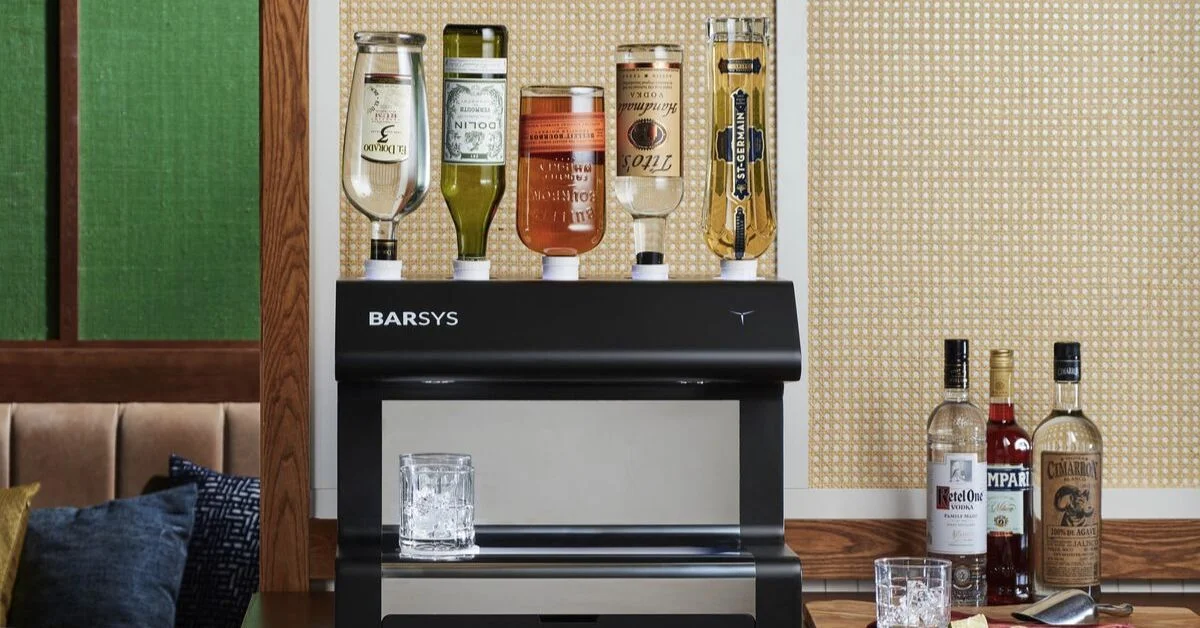In an era where technological advancements are reshaping industries, the culinary world is no exception. Robotics in the restaurant industry represents a burgeoning frontier, blending innovation with tradition to enhance operational efficiency and elevate the dining experience.
This exploration delves into how three independent restaurants have seamlessly integrated robotics into their operations, showcasing the transformative impact on both their workflow and guest satisfaction.
1. The Automated Chef: Culinary Precision at BistroBot
Nestled in the heart of the city, BistroBot is a quaint yet modern establishment that has embraced robotics in a remarkable manner. The centerpiece of their kitchen is an automated robotic arm, adeptly named “ChefBot.” This culinary robot is programmed to perform a variety of tasks, from chopping and sautéing to plating dishes with artisanal flair.
- Operational Efficiency: ChefBot has revolutionized BistroBot’s kitchen operations by consistently executing tasks with precision and speed, significantly reducing meal preparation times. This efficiency allows the restaurant to serve a higher volume of customers without compromising the quality of the food.
- Enhanced Guest Experience: Guests at BistroBot are treated to an open kitchen where they can watch ChefBot in action, turning meal preparation into an engaging spectacle. This unique dining experience has become a major draw for the restaurant, attracting food enthusiasts and tech-savvy diners alike.

2. Front-of-House Revolution: ServiceBots at Café Automatique
Café Automatique has redefined the concept of service with its introduction of ServiceBots, robotic waiters that attend to guests from the moment they are seated. These robots are equipped with sensors and navigation systems, allowing them to maneuver around the dining area, take orders, deliver food, and process payments.
- Streamlined Service: ServiceBots have streamlined Café Automatique’s front-of-house operations, ensuring orders are taken accurately and meals are delivered promptly. This has led to a noticeable improvement in service speed and a reduction in order wait times.
- Personalized Interaction: Despite concerns about the impersonal nature of robots, Café Automatique’s ServiceBots are programmed to interact with guests in a friendly and informative manner. They can provide recommendations, share details about menu items, and even crack jokes, adding a novel and enjoyable element to the dining experience.
3. Mixology Meets Mechanics: RoboBar’s Cocktail Connoisseur
RoboBar, a trendy cocktail lounge, has introduced a robotic bartender named “MixMaster.” This robotic mixologist can craft a wide array of cocktails, from classic concoctions to signature drinks, with impeccable consistency and flair.
- Consistency and Quality: MixMaster ensures that every cocktail served at RoboBar is mixed to perfection, maintaining a high standard of quality and consistency. This precision has elevated the lounge’s reputation for offering some of the best cocktails in the city.
- Entertainment Value: The process of watching MixMaster prepare drinks has become a central attraction at RoboBar. Guests are captivated by the robot’s fluid movements and efficiency, turning the bar area into a lively hub of entertainment and social interaction.

Challenges and Considerations
While the integration of robotics into these independent restaurants has yielded numerous benefits, it has not been without challenges. Initial investments in robotic technology can be substantial, posing a financial hurdle for smaller establishments.
Training staff to operate and maintain these systems is essential to ensure smooth integration into existing workflows. Additionally, striking a balance between technological innovation and maintaining the human touch that is intrinsic to the dining experience is critical.
The Future of Robotics in Restaurants
The success stories of BistroBot, Café Automatique, and RoboBar underscore the potential of robotics to revolutionize the restaurant industry. As technology continues to evolve, the possibilities for its application in culinary settings are boundless.
Robotics can not only enhance operational efficiency and consistency but also create unique and memorable dining experiences that distinguish independent restaurants in a competitive market.
Looking ahead, the integration of robotics in restaurants is poised to expand, driven by advancements in AI, machine learning, and automation technology. This trend presents an opportunity for restaurants to innovate and adapt, leveraging robotics to address operational challenges, meet evolving consumer expectations, and redefine the essence of dining out.
Conclusion
The advent of robotics in the restaurant industry marks a pivotal shift towards a future where technology and tradition converge. BistroBot, Café Automatique, and RoboBar exemplify how independent restaurants can harness the power of robotics to enhance operations and enrich the guest dining experience.
These pioneering establishments serve as beacons of innovation, illustrating the potential of robotics to not only streamline restaurant operations but also to elevate the culinary experience to new heights.
As we move forward, the thoughtful integration of robotics promises to open new avenues for creativity, efficiency, and engagement within the culinary world, setting the stage for a future where dining out is not just about the food, but the extraordinary experience that comes with it.
